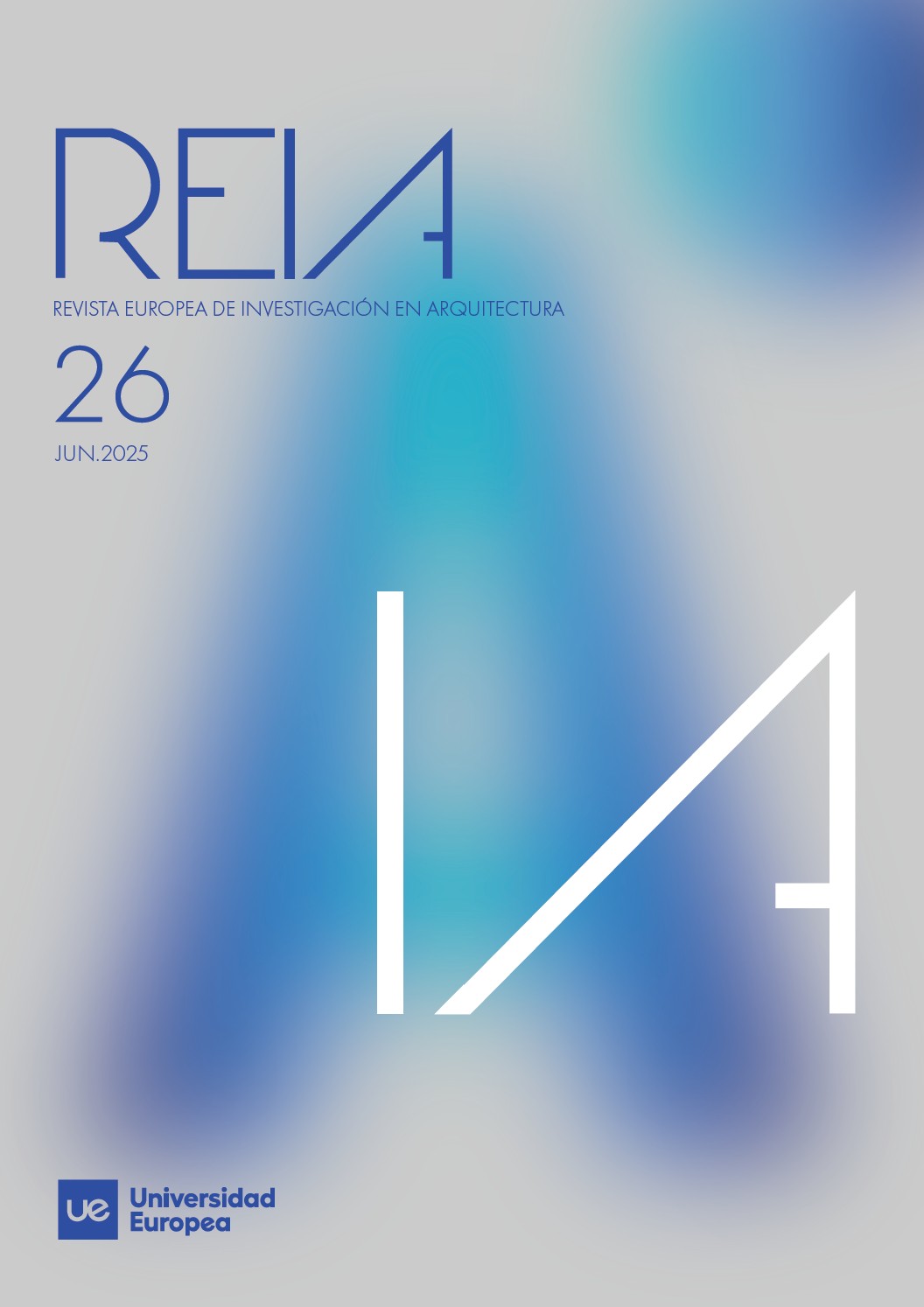Digital Cartography of a Judenhaus: Spatial, Technical, and Atmospheric Strategies in ScanLAB Projects
DOI:
https://doi.org/10.64197/REIA.26.1009Abstract
On June 29, 2023, the German theatre company Berliner Ensemble premiered Felix’s Room, a theatrical piece set in Nazi Germany in 1942. The play recounts the story of Felix and Erna Ganz following their expulsion from their home and subsequent confinement in a Judenhaus –a type of housing where the Nazi regime concentrated the Jewish population under inhumane conditions prior to deportation. Based on letters and sketches discovered by their great-grandson, Adam Ganz, the project evolved into a scenographic proposal that foregrounds the use of advanced digital technologies. In collaboration with ScanLAB Projects –a studio specialized in LiDAR (3D laser scanning) and SLAM systems– Ganz reconstructs domestic spaces and personal memories through highresolution
spatial scans.
This article investigates how the spatial technologies developed by ScanLAB Projects give rise to sensitive digital
architectures that unsettle conventional understandings of materiality in architecture. Through scenographic analysis,
it explores how these technologies facilitate the recreation of marginalized or erased realities. Adopting a qualitative
case study methodology, the research draws upon a combination of visual documentation and theoretical
sources to examine two key Projects –Frozen Relic and Displaced Witness– with the aim of identifying the spatial
strategies deployed and comparing them with those implemented in the scenography of Felix’s Room as a
spatialized form of memory.
Downloads
Downloads
Published
Versions
- 2025-09-24 (3)
- 2025-07-31 (2)
- 2025-07-30 (1)






